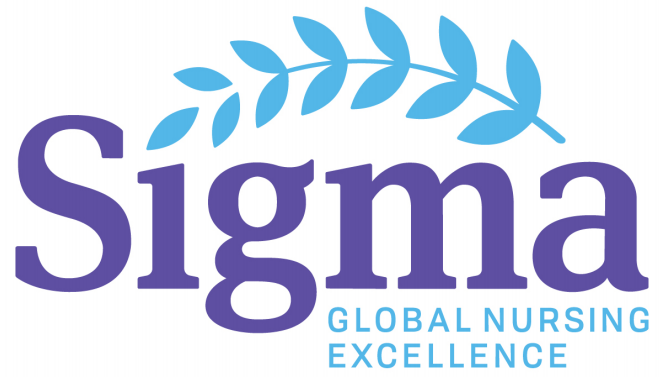Nursing Shortage in the Acute Care Setting Affects Patient Safety and Outcomes
Presenter Classification
Undergraduate Student
Presentation Type
Poster Presentation
Publication Date
4-20-2023
Start Date
20-4-2023 11:10 AM
End Date
20-4-2023 11:30 AM
Keywords
nurse shortages, patient safety, patient outcomes, healthcare quality, workload, hospital acquired infections, staffing, CAUTI, VAP, CABI
Abstract Type
Research
Abstract
Research Abstract
Purpose: to explain how there is a direct correlation between nursing staff ratios and patient results regarding mortality, infection, poor patient safety, and other sentinel events.
Aims: how is patient care compromised by nursing staff shortage?
Methods: observational studies from public information records such as Medicare patient claims, AHA, and surveys from RNs working at acute care hospitals.
Results: certain groups are more susceptible to sentinel events. Patients with chronic diseases, elderly, patients needing intensive care, or overall unstable patients are examples of patients who fall under this category. Studies show that patients are at higher risk for receiving detrimental care due to poor nurse to patient ratio.
Conclusions: adding to a nurse’s workload increases patient mortality in length of stay in hospitals due to hospital administration only needing to meet the minimum staffing requirements. The minimum staffing required for operations still does not meet the recommendations provided by the Safe Staffing Act.
Key Words: nurse shortages, patient safety, patient outcomes, healthcare quality, workload, hospital acquired infections, staffing, CAUTI, VAP, CABI
Nursing Shortage in the Acute Care Setting Affects Patient Safety and Outcomes
Research Abstract
Purpose: to explain how there is a direct correlation between nursing staff ratios and patient results regarding mortality, infection, poor patient safety, and other sentinel events.
Aims: how is patient care compromised by nursing staff shortage?
Methods: observational studies from public information records such as Medicare patient claims, AHA, and surveys from RNs working at acute care hospitals.
Results: certain groups are more susceptible to sentinel events. Patients with chronic diseases, elderly, patients needing intensive care, or overall unstable patients are examples of patients who fall under this category. Studies show that patients are at higher risk for receiving detrimental care due to poor nurse to patient ratio.
Conclusions: adding to a nurse’s workload increases patient mortality in length of stay in hospitals due to hospital administration only needing to meet the minimum staffing requirements. The minimum staffing required for operations still does not meet the recommendations provided by the Safe Staffing Act.
Key Words: nurse shortages, patient safety, patient outcomes, healthcare quality, workload, hospital acquired infections, staffing, CAUTI, VAP, CABI



